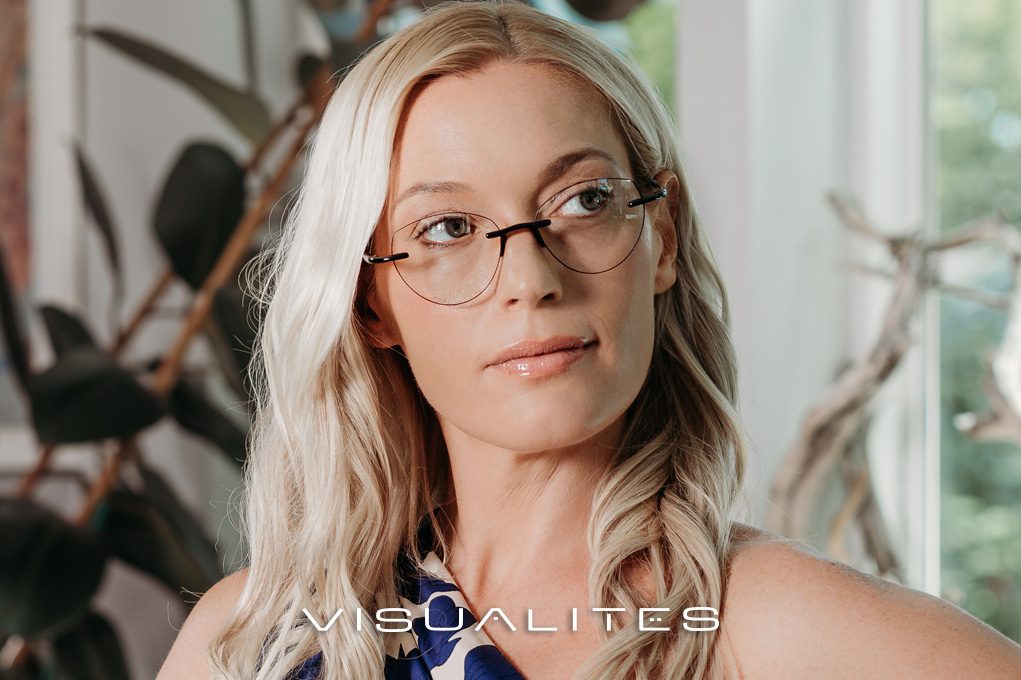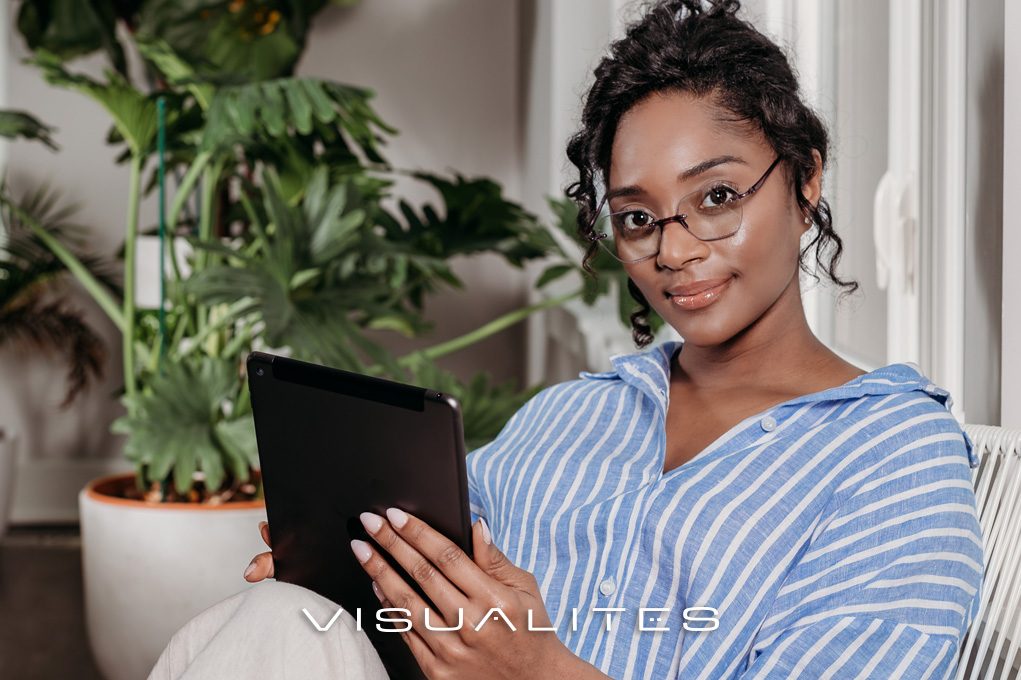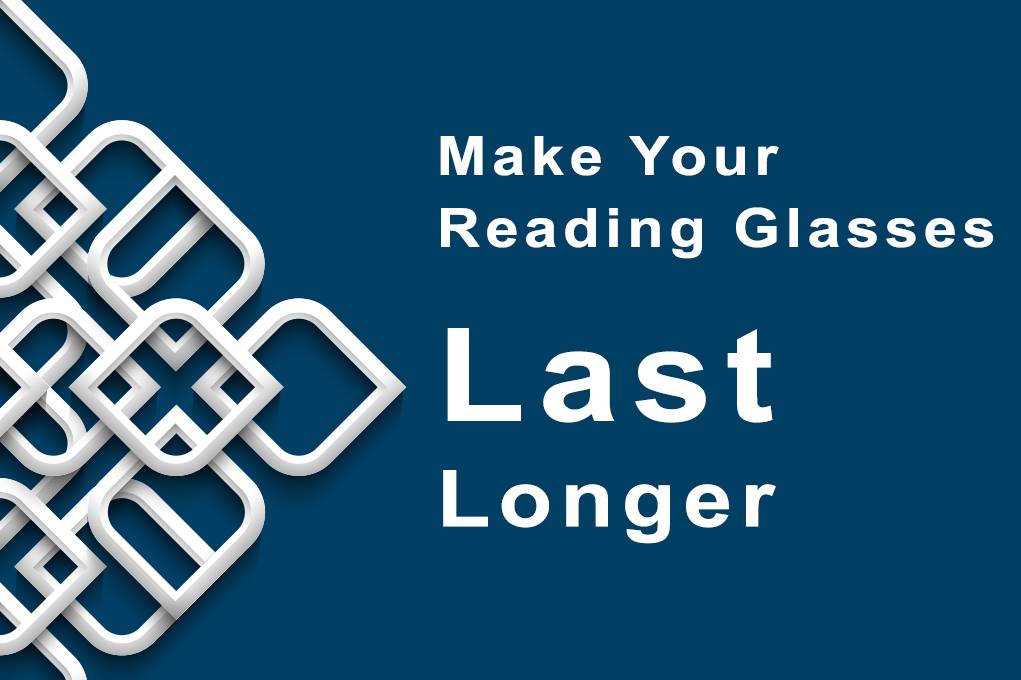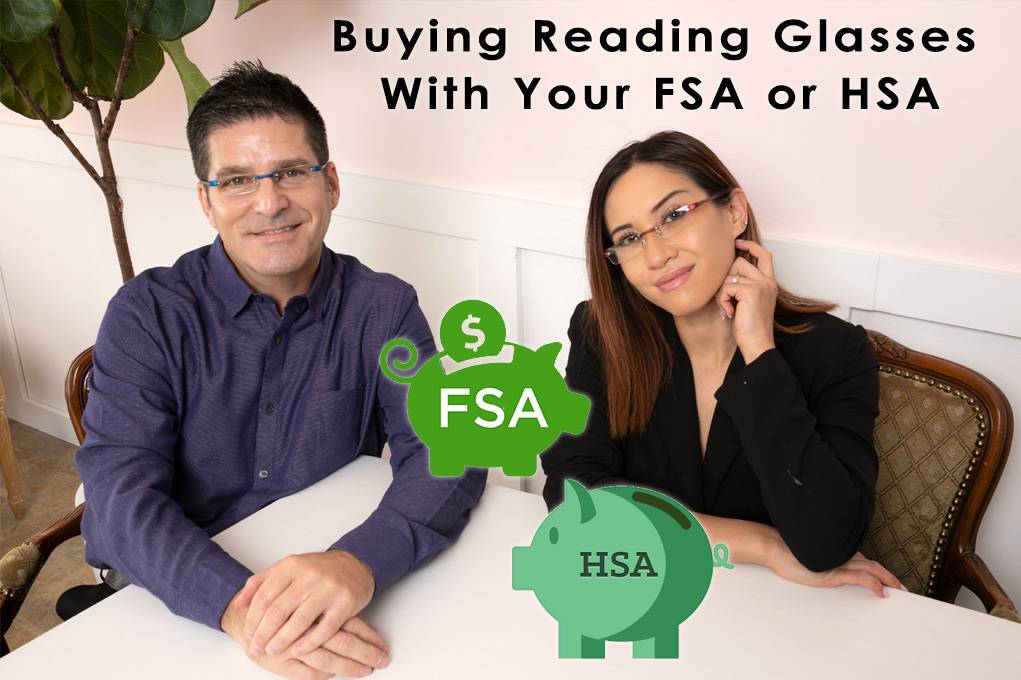
What Are High Power Reading Glasses
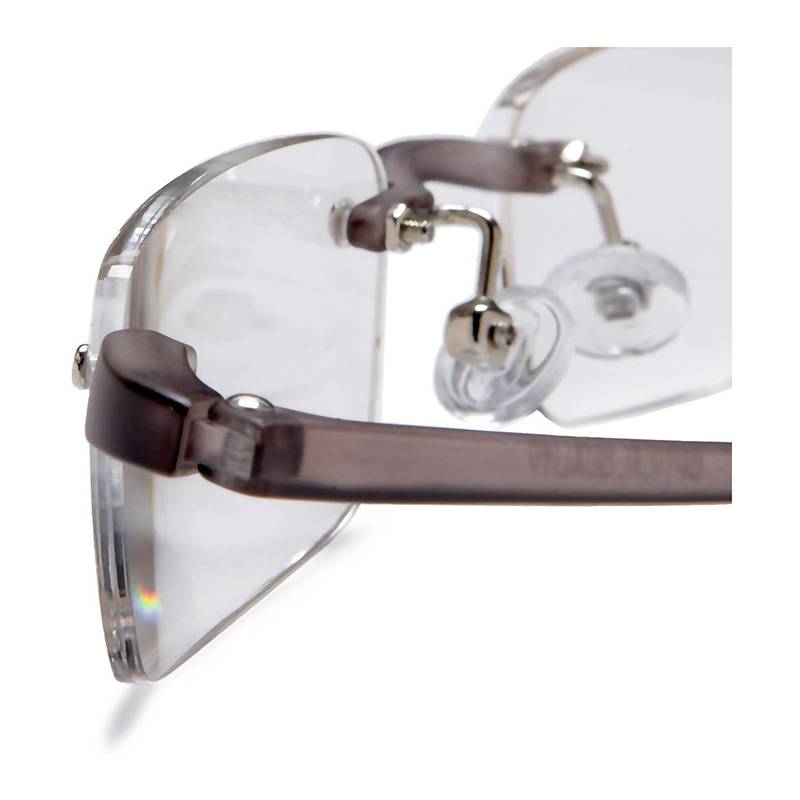
Diopters
The strength of reading glasses is referenced in “Diopters’, this is a direct correlation to the lenses “Index”. These Diopters are also referred to as the “Reading Power” or “Reading Strength”, don’t worry they are all the same thing, different makers of reading glasses just refer to them differently. You will also see the Diopter referenced with a “+” sign and even in rare cases the word “add”. So if you see a pair of readers marked “+1.50” these are 1.50 Diopter reading glasses.
Reading glasses usually start at +1.00 as this is a typical entry level diopter for people to start wearing readers. While this is a typical entry point it does not mean it is the most ideal. Reading glasses can be found as low as +0.25 but people will usually just squint through reading past the point where this power would be appropriate, but by the time they reach +1.00 the need for vision correction can no longer easily be ignored.
Lenses
So back to those lenses, the Index and higher power reading glasses. In almost all cases the higher the Diopter the thicker the lenses need to be to achieve the correct Index to achieve the appropriate vision correction. Two of the most common, and lower price, lens types are plastic and glass. Plastic lenses have Refractive Index of approximately 1.50 while glass is slightly higher at 1.52. This Refractive Index determines how much of the material is needed to achieve the correct magnification. The lower the number the more material is needed. So a lens made with material with a higher Refractive Index will be more slim at the same Diopter as a lens made with a lower Refractive Index.
Polycarbonate lenses have a Refractive Index of 1.59, this is substantially more. Polycarbonate also weighs significantly less than glass. So why do cheap reading glasses still use plastic or glass in their lenses, well those materials cost less? Additionally Polycarbonate is impact resistant making them safer than these other lens material options. As the saying goes, you get what you pay for. At Visualites, all our lightweight reading glasses use Optical Quality Polycarbonate Lenses, we do this because we want to provide the highest quality product to our customers at the most competitive price possible. Notice our lenses are also “Optical Quality”, this means they are certified to be free of blemishes and distortions and to have consistent magnification across the entire lens. Lenses without this certification and made with the processes to achieve this certification will often have these distortions and inconsistent magnification.
Reading Glasses Strength
The most common power of reading glasses in use today is the +1.50 with the average being in the range of +0.75 to 2.00. Because of this many makers of reading glasses do not bother to make readers in powers higher than +2.50 because they cannot sell enough to warrant making them. But this leaves customers whose eyes need these higher powers out of luck.
 High Power Reading Glasses
High Power Reading Glasses
Now that you know a little more about lenses and Diopters and the Refractive Index it will make a lot more sense when we tell you that Visualites readers with their Polycarbonate lenses are noticeably thinner, especially at Diopters +3.00 and up in comparison to reading glasses made with plastic or glass. High Power Reading Glasses generally refer to +3.00 reading glasses, +3.50 reading glasses and +4.00 reading glasses. It is rare to need more magnification than +4.00 and those who do may have a condition such as astigmatism or macular generation. You should always have your eyes regularly checked by a professional but if you find yourself needing higher than +4.00 reading glasses and have not had your eyes checked within the past year it is wise to consider getting that done.
Not To Be Confused with “High Index”
There is another type of lense referred to as a “High Index Lens” with a Refractive Index of 1.61 and in some cases even higher. So why are we not using these for our higher power reading glasses? Well there are several disadvantages to the materials used in .High Index Lenses
- First they can cost 3 to 5 times as much as polycarbonate lenses
- Second they are not impact resistant
- Third they are more reflective which can be distracting as light tends to be magnified in these lenses
Summary
At Visualites we feel we have achieved the perfect balance of quality, lightweight and cost with our polycarbonate lens high power reading glasses. We also offer many colors in the +3.00 reading glasses and we have the +3.50 reading glasses and +4.00 reading glasses in our two most popular colors Smoke and Crystal or our most popular model the Visualites 1. Our Smoke color is a very distinguished gray and our Crystal color is a clear frame.
If you have any other questions about our lenses or lightweight reading glasses feel free to reach out to me direct at customerservice@visualites.com

 High Power Reading Glasses
High Power Reading Glasses